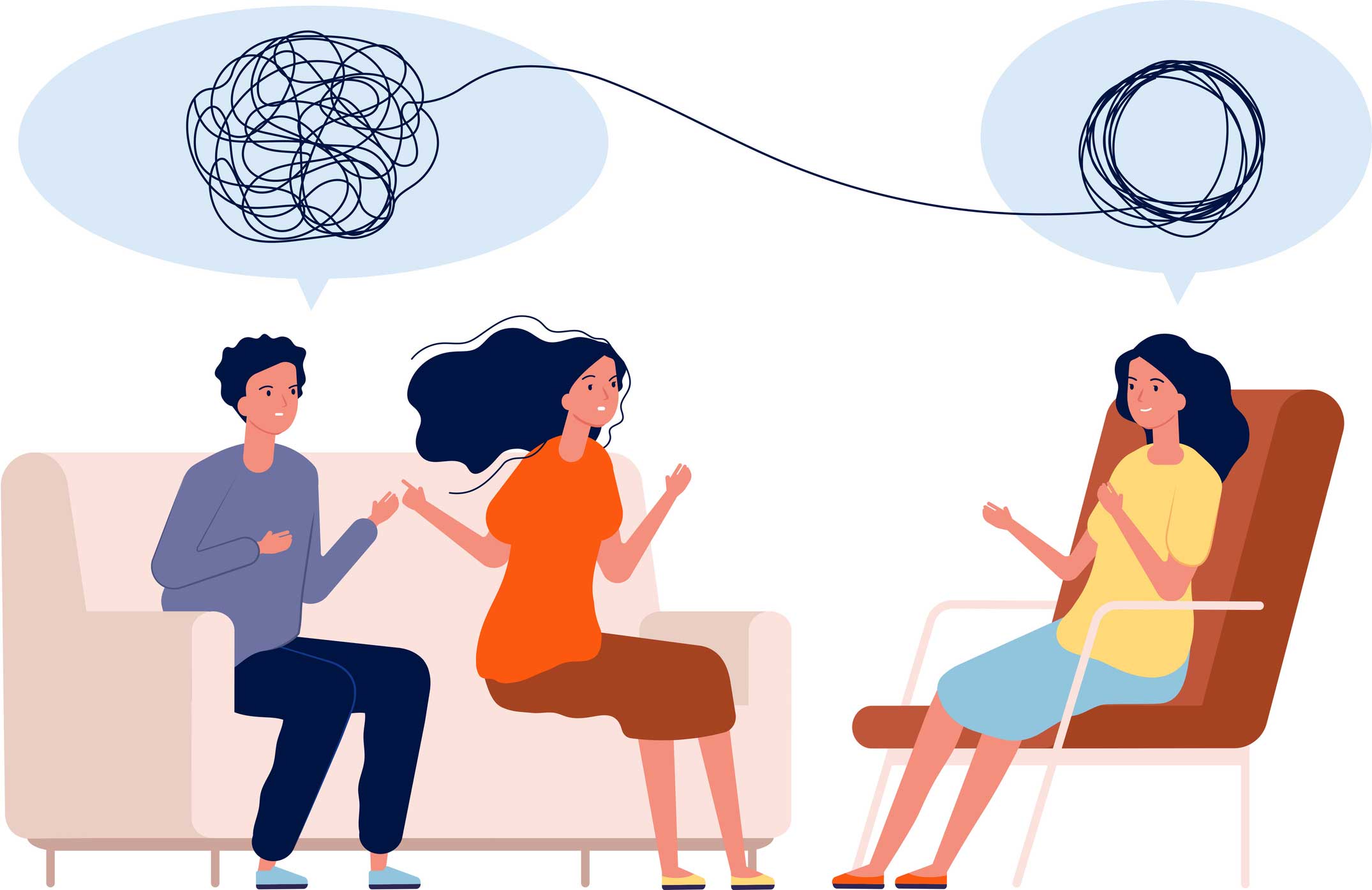A trainee in my Developmental Model training class asked me the following question:
“Can you speak a little bit about the nature of the stages of development? Do you think of them as true stages? For example, can one regress to an earlier stage?”
That’s a great question.
When couples come in, usually the developmental energy of each partner is primarily invested in one stage and that’s why I talk about and focus my assessment and interventions based on the primary stage. However, of course there is going to be some fluidity.
For example, it’s very common during the grief following the death of a parent for one partner to long for symbiosis. Another stage of life that can create a developmental sidestep is after the birth of a child, when couples normally regress to the symbiotic stage. These are common occurrences that affect a couple’s developmental growth.
Unusual circumstances can also complicate the developmental stages and lead some couples to progress in non-linear ways.
Here’s a more in depth look at how the stages presented as more fluid and complex with a couple who came to therapy wanting to decide whether to get married or finally terminate their relationship.
Their names are Paul and Jenna. They had an initial two years of a very secure, very solid, symbiotic stage in which they were very happy together. They met, traveled around the world for a year, spending a lot of rich time enjoying one another.
When they came back from their one year trip around the world, Paul got scared about making a commitment. He felt like he was too young to settle down and he plunged wholeheartedly into his legal career.
At first, Jenna tried to draw him back by being very emotional, even getting histrionic at times. She showed up at his house crying. She was not able to re-engage him, so at that point she disengaged from the relationship, stopped seeing Paul and got into her own therapy.
She did a lot of significant therapy individually over the next two and a half years. She worked on her own issues of differentiation from her family of origin. She worked on establishing more of a career for herself. She began to shine in her own arena.
Paul was working hard in his own career as well, but missed Jenna and realized how much he had valued the relationship. He wanted to rebuild their relationship.
When Paul and Jenna reconnected they had issues from several stages happening at once.
They had a strong foundation of early love and symbiosis, but they had some grief and some repair to do around how their relationship ended. And Paul had been individuating while Jenna was differentiating.
Neither of them had done any differentiation with each other, even though in the meantime Jenna had done a lot of differentiation with her own family of origin.
This was a couple who when they came into therapy, actually needed to do some active differentiation work together before they could make a good decision about whether or not they were going to get married. A question Jenna wanted to know was would he work with her in the future when he felt scared or controlled by her emotions.
Understanding how their relationship evolved and the absence of differentiation work by Paul gives you a laser like focus to help couples progress. There’s nothing like the Developmental Model to give you a deeper understanding of every relationship and your best points to access meaningful change.
If you want to assess couples stages and make the appropriate interventions, the In Quest of the Mythical Mate Kit provides a powerful foundation. You can use the material immediately and see the impact in your next sessions. See more details about the Quest Kit here.



 We respect your privacy.
We respect your privacy.


Hi Ellyn, Thanks for sharing this with me. When I talk about developmental stages with students or clients, I often bring a golden slinky with me. Then when we look at the benefits and challenges of a stage and how an individual, couple or family may function within it, the slinky expands and stretches, allowing sway and bend with ease. When challenge to the point of threat occurs, the slinky retracts to gather strength; the client[s] don’t fall back down the epigenetic ladder.
Hope this is a nice addition. Christine
Love your use of an object to anchor the experience.